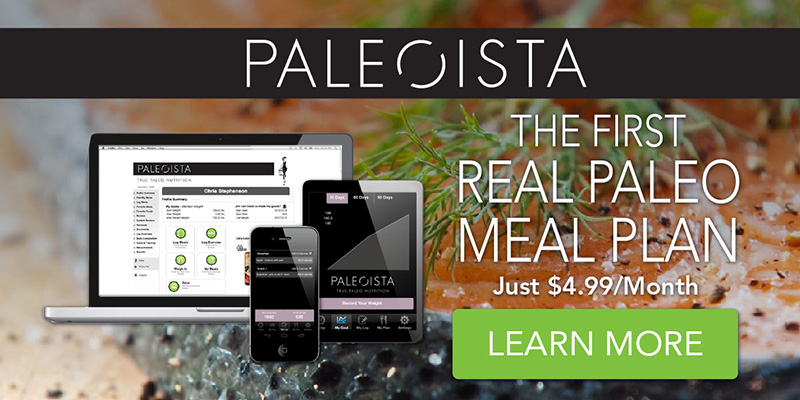Things You Can Count… Instead of Calories!
If you’ve ever tried to lose weight in the past, you are probably all too familiar with one of the most common approaches: counting calories.
Without a doubt, it’s a difficult habit to nip in the bud, and it doesn’t help when you read articles suggesting that with Paleo, calories don’t count, or that you can eat unlimited fat when you follow a Paleo diet. Neither of which, by the way, are exactly accurate.
Calories do count, because at the end of the day, caloric intake versus caloric expenditure is what determines whether you lose weight, gain weight or stay the same. However, it’s the balance, timing and source of the calories that are far more important than an absolute number.
Same goes for eating fat. While eating more fat on a Paleo regime versus the Standard American Diet (SAD) is recommended, eating as much fat as you want to is nonsense. It’s possible to overdo any food!
Ok, so does it ever make sense to count calories? Sure. If you’re in the early phases of learning about what foods fit into which food group, what average portion sizes look like and how to balance your macros, it makes sense to become familiar with the caloric value of foods too. The key is not to take it to the extreme. Don’t allow how many grams of carbs you ate at breakfast and how many extra minutes on the elliptical you’re going to have to do to ‘neutralize them’ dominate every waking thought.
So, no counting calories? Is there anything we should count, then?
As a general rule of thumb, I’d recommend using the same approach mentioned before when it comes to counting anything regarding nutrition or health; use counting as part of your education, then turn it over to your body and let your instincts take control.
For instance, perhaps you don’t drink enough water. Does everyone really need the same eight, 8-ounce glasses each and every day? Of course not. But if you’re not using the bathroom regularly and when you do go, your urine is dark yellow versus a light straw in color, you’re not getting enough H2O, and keeping track of number of glasses until you naturally hydrate more often may well be your best bet.
On the same token, let’s consider number of hours of sleep per night. Are you someone who claims to get by with an average of six hours of shut-eye? Burning the candle at both ends is something that one can only get away with for so long before it catches up with you and bites you in the bum! Don’t make the mistake of cutting into precious sleep time in order to work late or fiddle around watching TV. Find other times in the day to get all your tasks done so that you can get in a proper night’s sleep.
How about counting steps? Once again, if wearing a fitness tracker and seeing the magic 10,000 steps per day as your goal achieved on a daily basis is what’s getting you out the door to walk in the morning, fantastic! Count those steps and keep moving.
When we set smart goals, one of the key components is being able to measure progress with quantifiable data, and to gather that data, we need some numbers! Focus upon the number of glasses of water, number of hours of sleep, number of steps taken, number of servings of vegetables, etc.
The key is to pick the right numbers to use to help us track and let those numbers that are less important not take center stage any longer. There’s no better way to stay on track than with the Paleoista App. Grab it and get started on a path to a healthier you!






